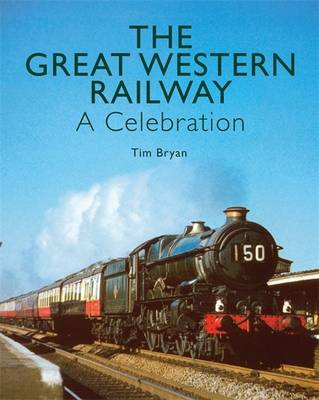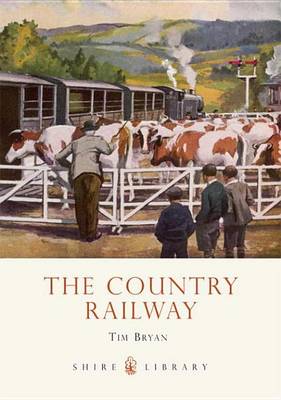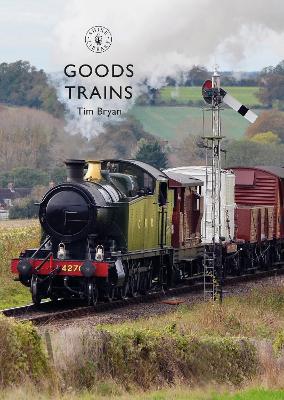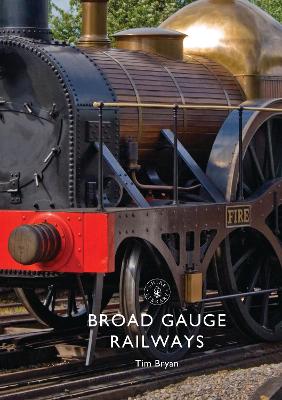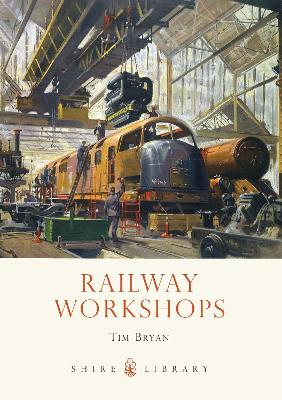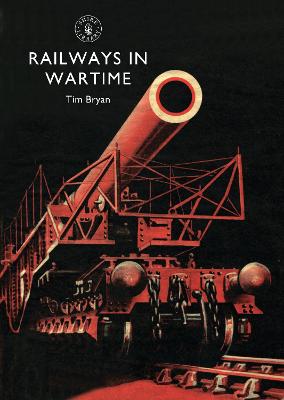Shire Library
1 primary work • 7 total works
Book 595
This book describes the development of the railway carriage from those early days to the present, highlighting some of the key developments in the history, design and construction of carriages. It also looks at the innovations that made life easier for the passenger, such as the introduction of heating, lavatories and restaurant and buffet facilities, as well as the differences in comfort between the various classes of traveller.
